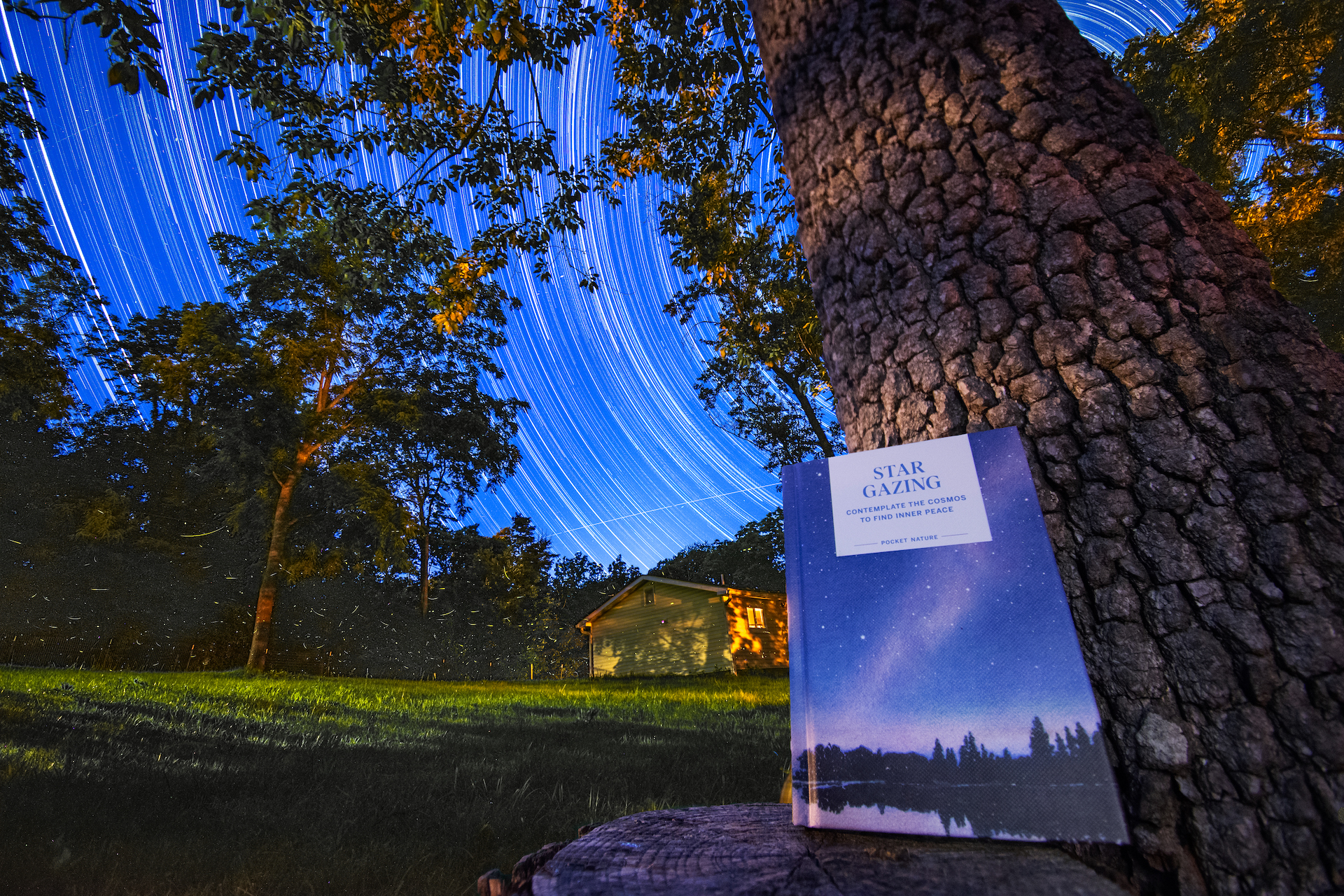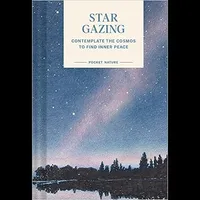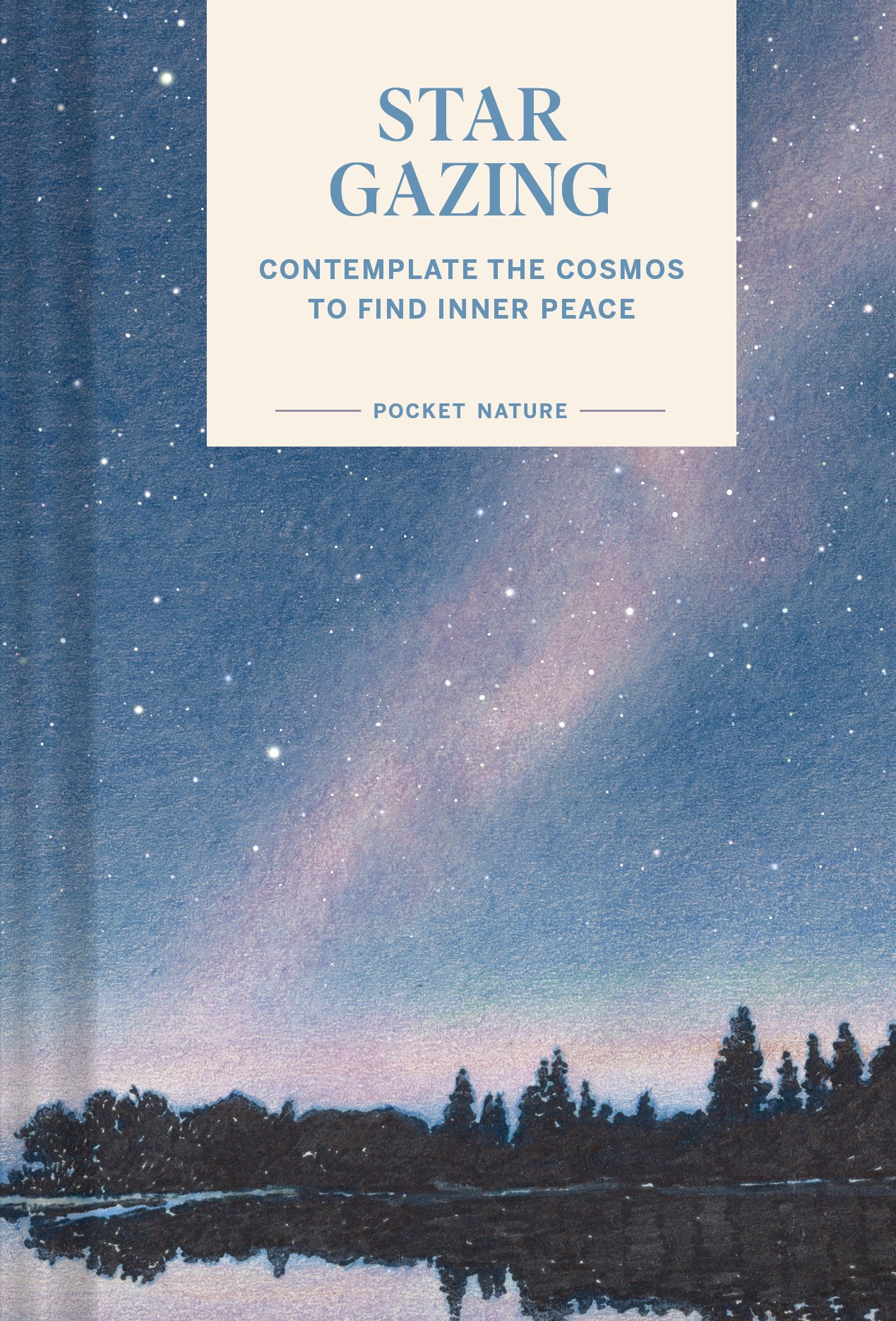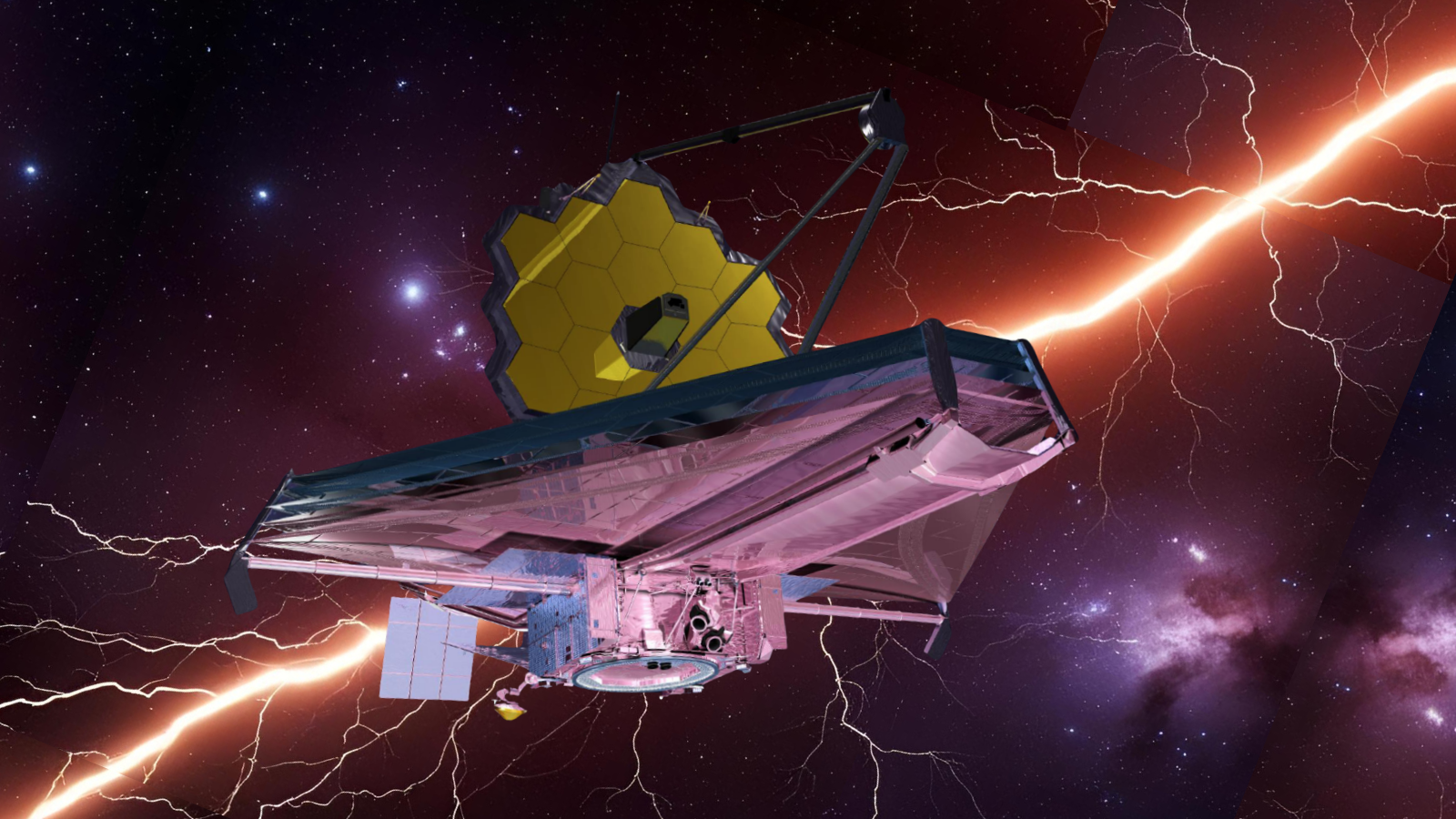New book 'Stargazing: Contemplating the Cosmos to Find Inner Peace' teaches meditation to bring stargazing down to Earth
"I'm hoping to introduce mindfulness to space people, but I'm also hoping to introduce space to mindfulness people."

The stars today seem more accessible than ever.
The increase in crewed missions to space, a revamped effort by NASA to send astronauts to the moon, even once-cumbersome technology needed to look at the stars has become pocket-sized and readily available. So much so, it's not uncommon for the casual space fan's internet scroll to be filled with magnificent images of the cosmos, ranging from photos of the Milky Way captured using a cellphone, to the unimaginable brilliance of the newest view from the James Webb Space Telescope.
It can all be a little overwhelming. But for all our increased ability to see the wonders of the night sky, trying to recreate that sensation in our own backyard can be a little underwhelming. For many, stepping out their door to see the stars on a clear night is met with a saturation of city lights that bleed away the array of stars hopeful observers are seeking.
Author of the new book "Stargazing: Contemplating the Cosmos to Find Inner Peace," Swapna Krishna, writes a guide to getting just what you need from the night sky wherever you are, and offers a history and practice of stargazing that is grounded in the introspective and contemplative practice of meditation.
Related: Night sky, August 2023: What you can see tonight
Stargazing: Contemplate the Cosmos to Find Inner Peace: $12.95 on Amazon
In "Stargazing: Contemplate the Cosmos to Find Inner Peace," author Swapna Krishna offers perspectives on how to appreciate the beauty of the stars no matter where you are.
Krishna doesn't see city lights as a hinderance to connecting with the night sky, and believes that even the view of a single shining star is enough to help find your center and connect with the whole of humanity and universe around you.
"I'm a huge fan of just going outside and looking at the stars even in a light polluted area," Krishna told Space.com in an interview. "I lived in Washington, D.C., in the city, for 10 years, and one of my favorite things to do was walk out my front door and look at the sky."
Breaking space news, the latest updates on rocket launches, skywatching events and more!
Krishna's new book "Stargazing: Contemplate the Cosmos to Find Inner Peace" offers everything you need in a night sky how-to guide, but goes beyond just showing you how to find the constellations. Krishna's readers can expect to gain a perspective of the stars rooted in an insightful, and perhaps unfamiliar past.
The pocket-sized guide provides a history of stargazing that is separate from our common Greco-Roman associations with the sky. It aims to strengthen our relationship to the cosmos by tying it with rituals and practices from cultures who knew the night sky more intimately than most people today ever could.
Related: Best stargazing apps: AR apps and virtual star maps to help you navigate the night sky
What sets Krishna's book apart is its attention to stargazing history and its ability to breakdown complex astronomical concepts in a way that makes the content digestible for any age.
The history of stargazing written in Krishna's book avoids the oft-repeated narrative of western civilization's celestial observations, and focuses instead on how indigenous peoples across the world looked at the stars. "I wanted to make it clear from the beginning that, A, there's not one way to look at the sky, and B, you can look at the sky differently than everybody else. It can be a very personal thing," she said.
"There are so many ways to look at [stargazing history], and so many cultures have different ways of looking at the exact same stars in the sky. I was hoping to give people that kind of perspective."
The book highlights indigenous peoples across Earth, like the Lakota, in North America, who timed the planting of their crops on the positioning of the stars, or the Skidi Band of the Pawnee, who structured their societal hierarchy and rituals on constellations. They believed the stars shared a bond to the origins of humanity hundreds of years before Carl Sagan's famous "we are made of star stuff" quote. And the Dogon people of Mali, in West Africa, whose millennia-old knowledge of the cosmos was so advanced, much of it was later confirmed after the emergence of modern astronomy.
Krishna is Hindu, and says the stars play a crucial role in her religious and cultural practices, as does meditation. As the book helps you navigate your relationship and understanding of the stars, dispersed meditative sections serve as a guide for using the stars to navigate relationships with yourself and existence.
"There's no being bad at meditation," Krishna says. She meditates often, but specifies it's not a daily practice. Krishna rejects the notion that mediation must be practiced within a certain set of rules, and encourages people to seek what is most meaningful and effective for them. "People feel like there are rules about meditation, and there aren't. You do it when you feel like it, and you do it when you think you need it, or when you want to do it. If you don't do it everyday. That's okay."
That being said, Krishna also admits sometimes feeling like she is, in fact, bad at meditation. "I feel like I am not an accomplished meditator in that I'm not good at quieting my mind," she says, but stresses, "that's absolutely okay ... that's part of what inspired the book."
"It's okay to have these thoughts floating through your mind," she says, and that's why the book is about more than simply stargazing. "It's about accepting who you are, and accepting your place in the world. And it's okay if you're still looking for that," she says. In that journey, according to Krishna, the stars are an ideal place to start.
Krishna says the duality of humility and a sense of powerfulness played a role in her inspiration for the book. "We are these tiny specks in this infinite cosmos, but also we are here. The fact that we are here, and how hard the universe worked to get us here is pretty cool to me."
In addition to helping you find some inner peace, the book is also packed with helpful insights for actually viewing the stars. "Stargazing: Contemplate the Cosmos to Find Inner Peace" is meant to be mindful as much as it is informational. Readers will learn about the orbits of the planets and their motion in the night sky, phases of the moon and features of the lunar surface, how to spot the International Space Station (ISS), a compendium of all 88 constellations and more.
Including sections on things like the ISS was important to Krishna while writing the book. The space station is, she says, "a great symbol in our skies, international collaboration and cooperation at a time when we need it."
"Human spaceflight is something that really captures my heart," Krishna said, but she fears a growing ambivalence in people towards exploring the cosmos. "I just want to remind people that, 'hey! We're doing this cool thing! We're out there! It's cool!' For decades, people have just lived in space," she emphasizes, referencing the continual occupancy of the ISS since November, 2000. "That blows my mind," Krishna said. "I think that's easy to forget if you're not as immersed in the space world."
That is part of what Krishna hopes to accomplish with "Stargazing." "I'm hoping to introduce mindfulness to space people, but I'm also hoping to introduce space to mindfulness people," she said, adding, "even if this book is as far as they go, at least they'll look at a star and wonder [...] And if that's it, I'll feel like I was successful."
As she writes in her book, "the point of stargazing [...] is simply to look up at the night sky and reflect on the wonder of our world and the universe beyond. The rest will come, in time."
"Stargazing: Contemplating the Cosmos to Find Inner Peace" is available August 8, and is available for pre-order now.

Josh Dinner is the Staff Writer for Spaceflight at Space.com. He is a writer and photographer with a passion for science and space exploration, and has been working the space beat since 2016. Josh has covered the evolution of NASA's commercial spaceflight partnerships and crewed missions from the Space Coast, as well as NASA science missions and more. He also enjoys building 1:144-scale model rockets and human-flown spacecraft. Find some of Josh's launch photography on Instagram and his website, and follow him on X, where he mostly posts in haiku.




